POSTAPOCALYPTIC REWILDING
No go for humans but wildlife find sanctuary in DMZ between North and South KoreaGolden eagles, goats and wild cats are among the 6,168 wildlife species found between the two nations which technically remain at war.
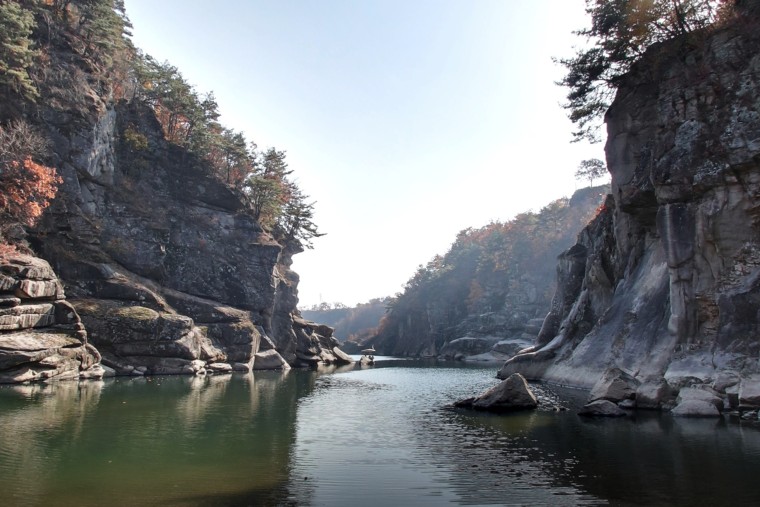
The Hantan river gorge which sits between North and South Korea.
Feb. 25, 2023
By Isaac Lee and Leila Sackur
Laden with landmines and surrounded by fences, the demilitarized zone between North and South Korea is not at all welcoming for humans. On the other hand, wildife appears to be thriving.
Golden eagles, goats and wild cats are among the 6,168 wildlife species were found in new street view images released by Google this week which offer a rare glimpses into life behind the civilian control line.
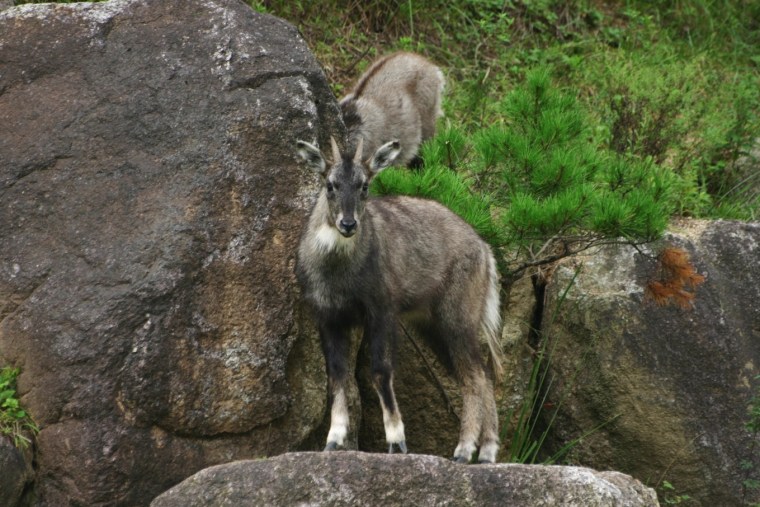
A native long-tailed goat, that has been classified as endangered by South Korea’s environment ministry.
Created in collaboration with several Korean institutions to mark the 70th anniversary of the armistice between North and South Korea, the project allows viewers to take a “virtual tour” of the 160-mile-long buffer zone between the two countries.
Slicing across the entire peninsula, the DMZ includes a range of environments from rocky mountains to rivers and tidal swamps.
Away from landmines buried beneath the border zone’s soil, otters and endangered Manchurian trout swim freely in the Imjin river which flows from North to South Korea.
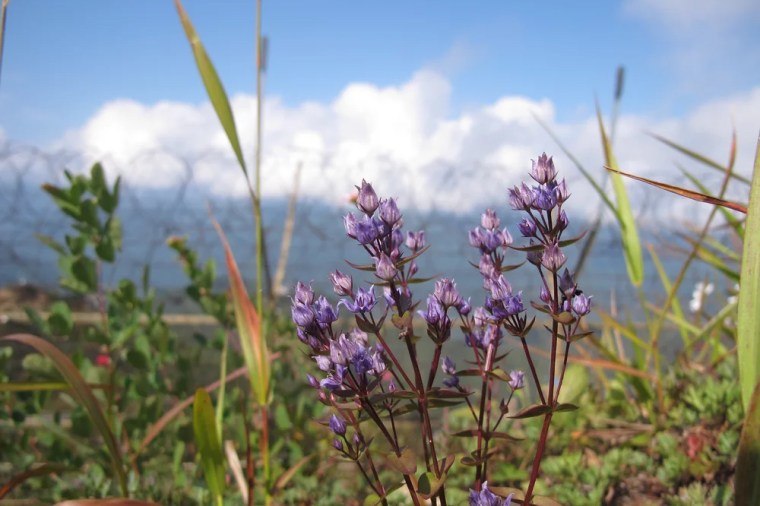
A swertia wilford , one of the rare flora found within the demilitarized zone.
And animals such as long-tailed mountain goats, classified as endangered by South Korea’s environment ministry, can be spotted in the rocky terrain of the Taebaek mountains.
Virtual tours on Google street view show the untouched volcanic landscapes of the Hantan river gorge, with high granite walls and sandy beaches, and the grassy high moors of Yongneup, a haven for wetland flora.
And animals such as long-tailed mountain goats, classified as endangered by South Korea’s environment ministry, can be spotted in the rocky terrain of the Taebaek mountains.
Virtual tours on Google street view show the untouched volcanic landscapes of the Hantan river gorge, with high granite walls and sandy beaches, and the grassy high moors of Yongneup, a haven for wetland flora.
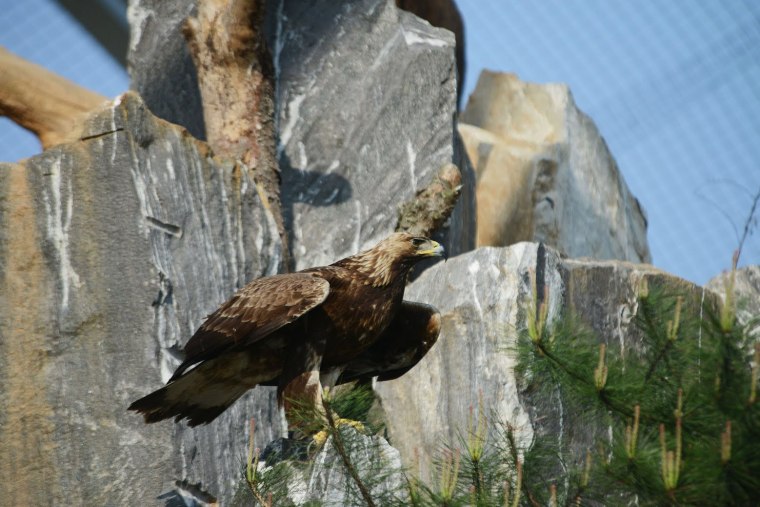
An endangered Golden eagle.
Peace talks between North and South Korea in 2018 raised hopes amongst ecologists that the two states might work together to preserve the wildlife habitats of the narrow strip of land between them.
And in 2019, South Korea opened a number of “peace trail” hiking routes that traversed the south side of the DMZ.
However, seven decades after the Korean War, the two countries remain officially at war because the fighting ended in an armistice instead of a peace treaty in 1953.
And in 2019, South Korea opened a number of “peace trail” hiking routes that traversed the south side of the DMZ.
However, seven decades after the Korean War, the two countries remain officially at war because the fighting ended in an armistice instead of a peace treaty in 1953.
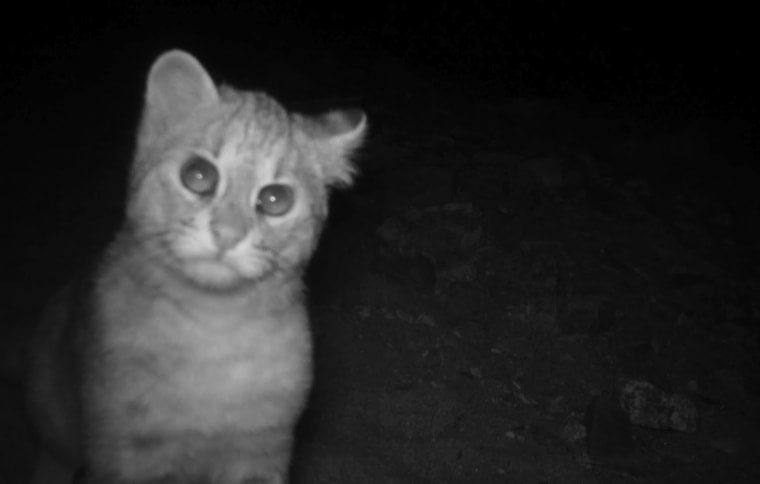
A Wildcat captured at night.
However, tensions have escalated in recent weeks as Kim Jong Un continues his program of nuclear development and weapons testing. In 2022, North Korea had a record year in weapon demonstrations, with more than 70 ballistic missiles fired.
On Monday, North Korea fired two short-range ballistic missiles toward Japan on Monday in its second weapons test in three days.
North Korea has insisted its testing activities are meant as a warning amid increased U.S. presence in the region. But some experts worry that Pyongyang also uses the drills as a chance to test new weapons, strengthen its nuclear capability, and increase its leverage in future dealings with Washington and Seoul.
On Monday, North Korea fired two short-range ballistic missiles toward Japan on Monday in its second weapons test in three days.
North Korea has insisted its testing activities are meant as a warning amid increased U.S. presence in the region. But some experts worry that Pyongyang also uses the drills as a chance to test new weapons, strengthen its nuclear capability, and increase its leverage in future dealings with Washington and Seoul.
PHOTOS National Institute of Ecology / Google Arts & Culture
No comments:
Post a Comment